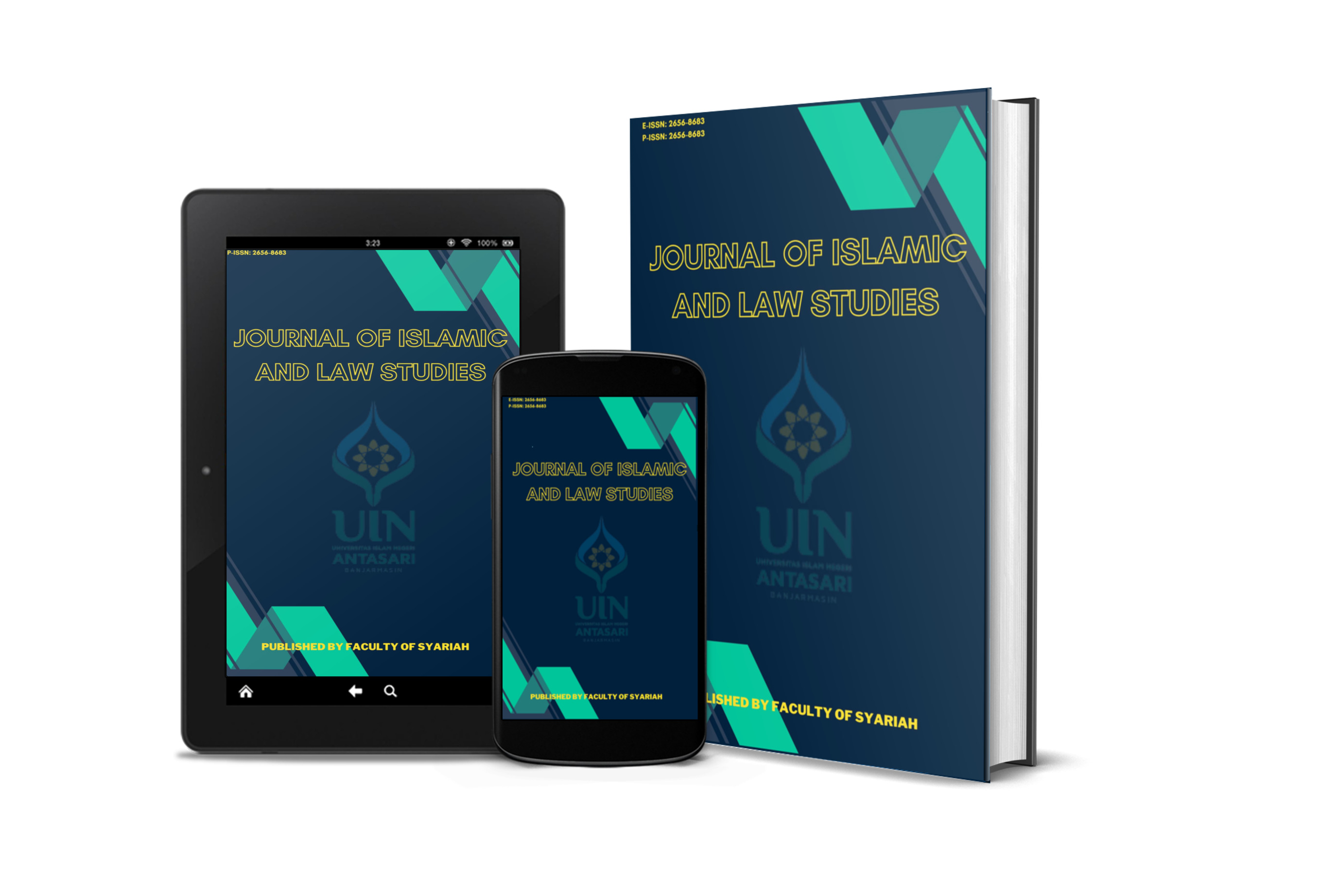Penggunaan Kutek Berlabel Halal (Nail Art) Saat Shalat Menurut Perspektif Hukum Islam
DOI:
https://doi.org/10.18592/jils.v6i1.8488Abstract
AbstrakPenelitian ini mengkaji tentang Penggunaan Kutek yang banyak digunakan masyarakat terutama perempuan. Kutek ini karena berlabel halal sehingga banyak yang memakainya saat shalat. Penggunaan kutek ini sudah cukup lama karena membuat tampilan kuku menjadi cantik. Kutek ini biasanya tampil dengan berbagai warna dan motif. Tujuan dari penelitian ini untuk mengetahui bagaimana hukum memakai kutek berlabel halal dan bagaimana hukumnya saat dipakai shalat. Metode penelitian yang digunakan dalam penelitian ini adalah metode penelitian lapangan dalam pengunaannya atau deskriptif, mengenai hukum islam menggunakan analisis data sekunder yang ada pada penelitian orang lain. Dari hasil penelitian, penggunaan kutek berlabel halal ini termasuk makruh. Hakikatnya perempuan berkeinginan mempercantik diri dengan segala cara, salah satunya dengan menghias kuku. Pencantuman kata “halal” pada kutek jenis ini menurut penulis terkesan berlebihan. Oleh karena itu, banyak masyarakat yang menerima informasi terkait kutek halal ini dan kemudian meyakini bahwa kutek halal merupakan kutek yang dapat menyerap air wudhu sehingga sah untuk shalat. Hukum Islam sudah menerangkan bahwasanya ketika berwudhu, air harus benar-benar menembus dan membasuh kulit dan kuku, bukan semata terkena beberapa tetesan air saja.Kata Kunci: Kutek, Halal, Hukum Islam AbstractThe study examined the widely used cuccytes in society especially for women. This is because it's labeled clean so many people wear it during prayer. The use of nail polish was long enough because it made nails look pretty. These are usually performed with a variety of colors and motifs. The purpose of this research is to see how the law wears kosher dictions and what laws it USES when it comes to prayer. The research method used in this study is the field study method of its use or descriptive, of islamic law using a secondary data analysis that exists in other people's studies. Studies indicate that the use of kosher nail polish is included. Women are basically willing to beautify themselves in any way, one by decorating the nails. The inclusion of the word "lawful" on this kind of parchment suggests that the writer may have exaggerated. Hence, many of the people who receive this information about kosher platchings and come to believe that kodages are kosher somentes that can absorb wudhu to make them valid for prayer. Islamic law has made it clear that when it pollutes, water should literally penetrate and wash the skin and the nails, not just a few drops of water.Keywords: nail, halal, islamic lawReferences
Gina, Nur Salsabila S. 2022. Skripsi “TINJAUAN HUKUM ISLAM TERHADAP PEMASANGAN NAIL ART/KUTEK HALAL (Studi Kasus Pemasangan Nail Art di Ggirlneeded. id di Bandar Lampung).” UNIVERSITAS ISLAM NEGERI RADEN INTAN LAMPUNG.
Michelin, Gabrielle. 2020. Skripsi “Perancangan Informasi Mengenai Nail Art Mandiri Di Rumah Melalui Media Buku Ilustrasi.” Universitas Komputer Indonesia.
Moh. Nazir. 2009. Metode Penelitian. Jakarta: Ghalia Indonesia.
https://almanhaj.or.id/74-hukum-wudhunya-orang-yang-berkutek-memakai-inai-pacar-mengusap-kepala-yang-berminyak-rambut.html Diakses pada Senin, 26 Desember 2022.
https://ihatec.com/apakah-kutek-halal/ Diakses pada Senin, 26 Desember 2022
https://www.beautynesia.id/life/supaya-sholatnya-sah-ternyata-ini-ciri-ciri-kutek-halal-yang-aman-digunakan-seorang-muslimah/b-242174 Diakses pada Senin, 26 Desember 2022.
Downloads
Published
Versions
- 2022-06-01 (2)
- 2022-06-01 (1)
Issue
Section
License
Copyright (c) 2022 Khalisa

This work is licensed under a Creative Commons Attribution-NonCommercial 4.0 International License.
Authors who publish with this journal agree to the following terms:
- Authors retain copyright and grant the journal right of first publication with the work simultaneously licensed under a Creative Commons Attribution License that allows others to share the work with an acknowledgement of the work's authorship and initial publication in this journal.
- Authors are able to enter into separate, additional contractual arrangements for the non-exclusive distribution of the journal's published version of the work (e.g., post it to an institutional repository or publish it in a book), with an acknowledgement of its initial publication in this journal.
- Authors are permitted and encouraged to post their work online (e.g., in institutional repositories or on their website) prior to and during the submission process, as it can lead to productive exchanges, as well as earlier and greater citation of published work.




